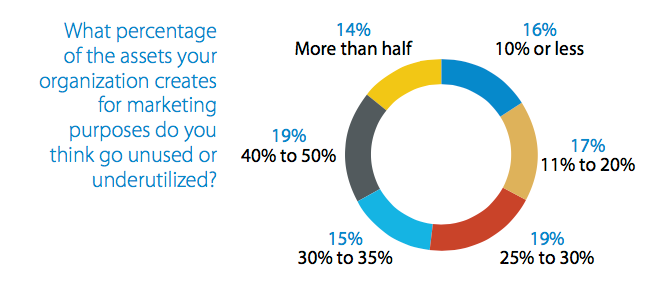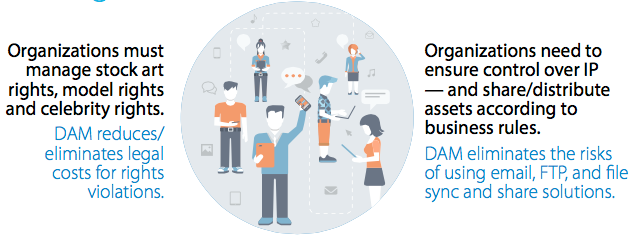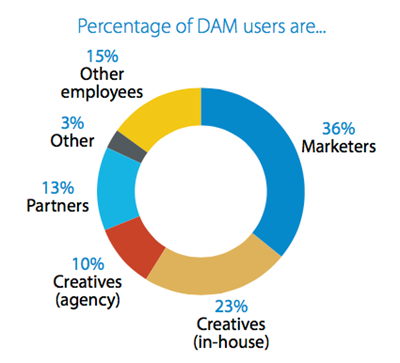What is DAM and What Can It Do for You?
Everyone wants a successful digital asset management implementation, right? There are lots of ways to do that, including hiring a DAM expert to consult with your team, but key stakeholder involvement – particularly IT involvement – can be critical to success. Do you want your implementation to be a smooth sailing trip, or a rocky road?
So what is DAM? Digital asset management (DAM) offers an effective solution to store, organize, find, retrieve and share digital files. Allows for quick deployment, easy-to-use and a centralized digital library provides peers, employees, clients, contractors and any other key stakeholders controlled access to digital assets — including images, photos, creative files, video, audio, presentations, documents and more. The term digital asset management actually covers a large array of software solutions, from an individual’s digital file library or a photographer’s photo database to solutions that resemble enterprise content management.
The report from IDC and sponsored by Adobe: Providing the Value of Digital Asset Management shows that today and still many corporate entities commit vast sums of money and talent to gathering creative assets for their marketing projects, only to see them wasted through inappropriate use — or no use at all.

Shockingly, says the report, one-third of marketing assets go unused or underutilized. Despite the fact that the average organization surveyed spends days and even weeks creating hundreds of new marketing assets each year — often with dozens of different versions — costing up to tens of thousands of dollars. This doesn't just affect large corporations but small business' are affected as well.
In the old days, managing photos, videos and other related items was a lot easier than compared to today. With the Internet, mobile devices and the proliferation of personalized content, the sheer number of assets needed to keep marketing projects afloat has exploded. Without a good DAM system, companies often lose track of what they have, where it is located and under what circumstances it can be used. So, for no other reason, an excellent DAM system is a must have for your bottom line. IDC found that having a DAM in place boosted revenue, reduced asset creation costs, reduced risk and increased productivity by at least 10 percent for an overwhelming majority of companies taking part in the survey.

DAM was responsible for faster deployment of marketing campaigns and by increasing the number of campaigns, companies were capable of delivering as well as the ability to launch new products more quickly. In addition, the study found that DAM promoted better reuse of precious assets, avoiding duplication of labor and reducing waste. That’s in addition to lowering non-compliant use of licensed content, use of wrong or unapproved assets and intellectual property leaks or theft.

DAMs should be intuitive and easy to use, allowing creatives to contribute assets, and marketers to find relevant and approved assets. Easy, browser-based sharing is essential, alongside security, metadata, search, workflow capabilities and scalability into the millions of assets. Systems should support video and format conversions, previews and editing capabilities on images and other media.

There are dozens of DAM solutions in the market. Some are designed for enterprises and are more complex to implement. At the opposite end of the market are small-scale DAM solutions with simpler feature sets. Larger companies are more likely to find value in implementing more complex workflows, especially with geographically distributed teams. Smaller companies are more likely to gravitate to a cloud solution – partly to reduce network and server complexity and partly because they typically find subscription licensing to be more budget friendly. Make sure you have the right core DAM features and capabilities when implementing your solution or you won't get full value from your investment.
Last November Gartner published a comprehensive market guide for digital asset management which can be found here: Gartner – Market Guide for Digital Asset Management.

Natalie Evans
Natalie Evans has over 16-years in the tech industry and currently works as the event coordinator and tech reporter for CMS-Connected, keeping up-to-date on what's happening in and around the Content Management industry.